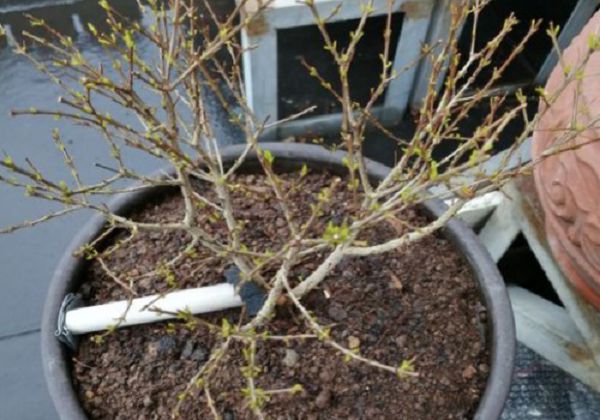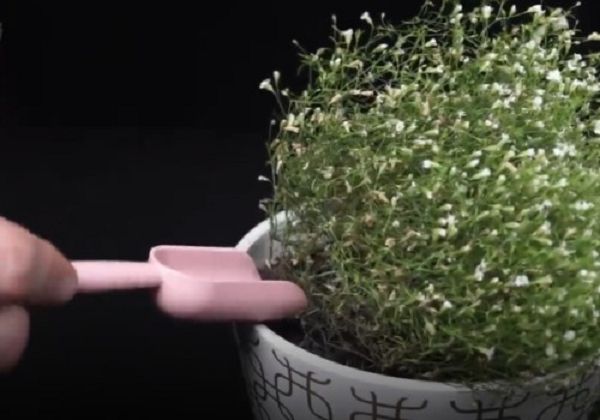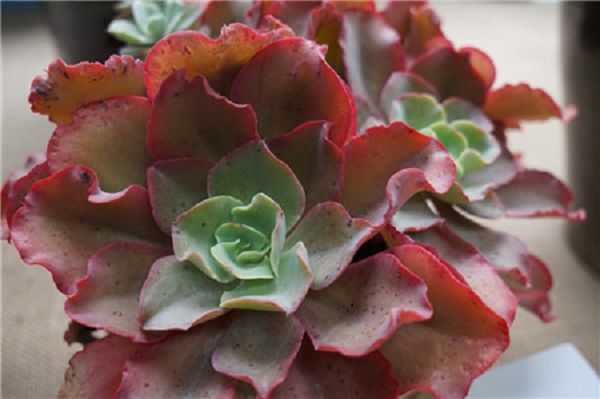How to manage pomegranate germination period

Pomegranate trees generally germinate from March to April every year, and the germination period is also in its growing season. For pomegranate trees planted in the ground, the management is often relatively simple, but for potted pomegranates, because the space in the pot can not be compared with the ground environment, it is usually necessary to pay more attention to the corresponding maintenance and management during the germination period.
The conservation and management of potted pomegranate trees during germination is very important, if the management is not in place, it will affect its branches and leaves, which will have a greater impact on the tree potential, and even affect the next flowering and fruiting. The maintenance of potted pomegranate during germination period is mainly from the aspects of light, temperature, water and fertilizer.
I. Lighting
Because pomegranate is a positive tree species, it prefers light. The pomegranate usually germinates new buds before and after Ching Ming Festival, and the light intensity is not big, so it is necessary to let it bask in the sun more, so as to increase photosynthesis and form nutrition, promote the germination of new buds and smooth metabolism.
Second, temperature
Pomegranate trees usually germinate in spring, and the temperature protection during germination is very important. It is generally necessary to keep the ambient temperature above 15 °C. after all, pomegranate has the characteristics of being warm. In the case of suitable temperature, its germination can be accelerated; on the contrary, if the temperature is too low, it is bound to inhibit its germination.
Third, watering
When the pomegranate trees are sprouting, we should strengthen the water supply in time. If there is a lack of water at this time, the buds are easy to wither or even die because of dehydration. However, pomegranate is resistant to drought and waterlogging, and excessive watering can easily cause rotten roots. If watering, the frequency should be increased appropriately, and the basin soil should be watered in time when the basin soil dries, so that you can see the dry and wet.
IV. Fertilization
Pomegranate should pay attention to topdressing when it is in the growing season, especially in the early stage of germination, because the plant needs more nutrition to promote germination. In order to promote plant germination, nitrogen fertilizer is usually applied, but in pot environment, it is recommended to take in a little phosphorus and potassium fertilizer. However, when it is close to flowering, it is necessary to give priority to phosphorus and potassium fertilizer and use less or stop using nitrogen fertilizer.
5. Pruning
During the period of pomegranate germination, it is also the period of replacement of new and old plants. In order to ensure that the new buds can germinate smoothly and spread leaves, we need to cut off the branches and leaves that are dead or growing too slowly, so as to prevent them from wasting nutrients and affecting the germination of new buds. But usually we have a pruning before sprouting, at this time the part that needs to be trimmed is less and should not be over-trimmed. At the same time, it is necessary to do a good job in topping the new shoots to avoid their excessive growth and destroy the plant type.
Related
- Fuxing push coffee new agricultural production and marketing class: lack of small-scale processing plants
- Jujube rice field leisure farm deep ploughing Yilan for five years to create a space for organic food and play
- Nongyu Farm-A trial of organic papaya for brave women with advanced technology
- Four points for attention in the prevention and control of diseases and insect pests of edible fungi
- How to add nutrient solution to Edible Fungi
- Is there any good way to control edible fungus mites?
- Open Inoculation Technology of Edible Fungi
- Is there any clever way to use fertilizer for edible fungus in winter?
- What agents are used to kill the pathogens of edible fungi in the mushroom shed?
- Rapid drying of Edible Fungi



